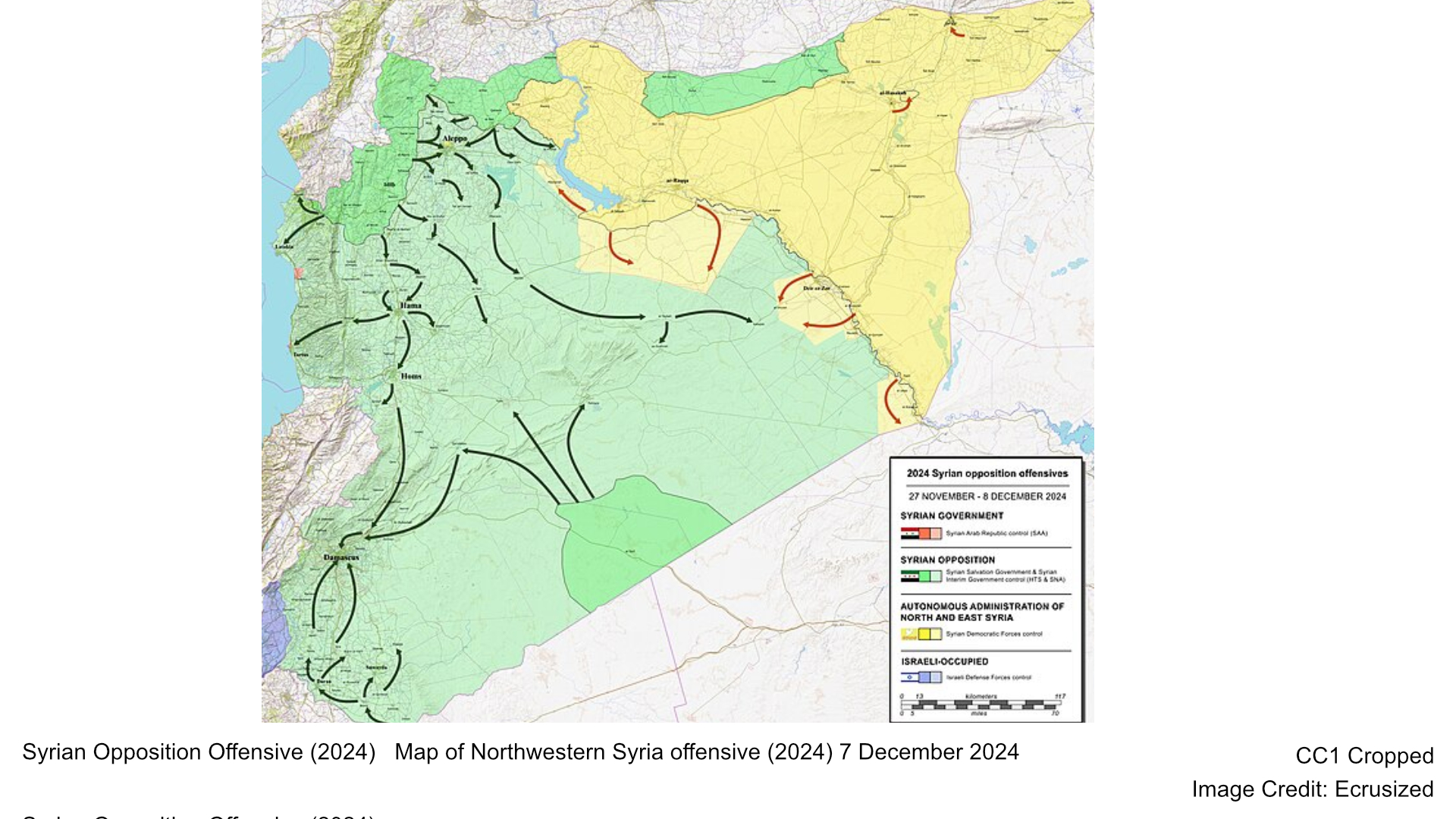The U.S. Supreme Court’s recent decision to leave a lower court ruling intact has further complicated the legal landscape surrounding abortion access in Texas, particularly in emergency situations. By declining to review the case, the Court left unresolved a critical conflict between federal law and state abortion restrictions. The case questions whether hospitals are federally required to provide abortions in life-threatening emergencies, despite Texas’ strict abortion law.
At the heart of the legal battle is the Emergency Medical Treatment and Labor Act (EMTALA), a federal law that mandates hospitals receiving Medicare funds to offer stabilizing treatment in emergency cases, which can include abortions. However, Texas law only permits abortions when the mother’s life is directly endangered, a far narrower allowance than EMTALA’s broader requirement.
- The Supreme Court’s decision to not intervene in a case involving Texas’ abortion ban has left unresolved legal questions about emergency abortions, particularly when federal law might require them under the Emergency Medical Treatment and Labor Act (EMTALA).
- Texas law permits abortions only when the mother’s life is directly at risk, while EMTALA mandates Medicare-funded hospitals to provide stabilizing treatment, including abortions, in emergencies, leading to a conflict between state and federal regulations.
- The case stems from a 2022 Biden administration directive requiring hospitals to provide emergency abortions, which Texas challenged, arguing that it infringes on state authority. The federal district court and the 5th U.S. Circuit Court of Appeals sided with Texas.
- This decision has intensified the legal uncertainty for healthcare providers in Texas, with some fearing legal consequences for providing emergency abortions, while others argue the law puts women’s lives at risk.
This tension first arose in 2022 when the Biden administration issued guidance clarifying that hospitals must provide emergency abortions under federal law, even in states with restrictive abortion policies. Texas challenged the directive, arguing it violated the state’s right to regulate medical practices. Both a federal district court and the 5th U.S. Circuit Court of Appeals sided with Texas, emphasizing that states hold the authority to regulate abortions within their borders.
The Supreme Court’s decision not to take up the case leaves healthcare providers in Texas uncertain about how to balance state and federal obligations. Doctors and hospitals face potential legal consequences for performing abortions in emergencies, leading to concerns about delays in care for pregnant women in critical conditions. Some reports have noted cases of women being denied necessary care due to legal fears, sparking widespread debate about patient safety.
Supporters of Texas’ abortion law argue that it rightfully protects unborn lives and respects the state’s autonomy in legislating medical procedures. Opponents, however, believe the law jeopardizes women’s health by preventing timely access to life-saving care. This legal clash has become a flashpoint in the broader debate over abortion rights in America, particularly as the 2024 presidential election draws closer. Both sides are using the issue as a rallying cry in political campaigns, adding to the ongoing polarization.
As this case and others continue to move through the courts, the broader implications for healthcare, state sovereignty, and federal oversight remain uncertain. The decision underscores the complexities of navigating abortion laws in the post-Roe era, where state and federal legal frameworks often collide.





